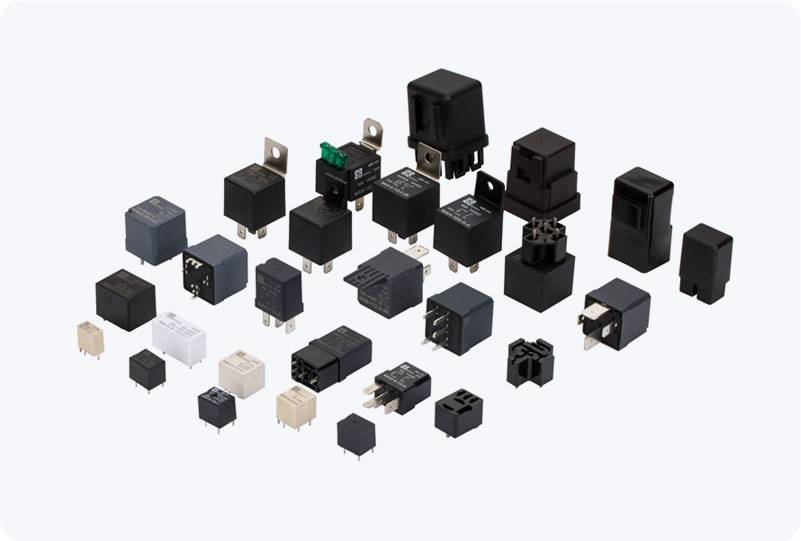Solid-State Relays (SSR) are increasingly becoming a crucial component in the development of New Energy Vehicles (NEVs). As the automotive industry moves toward electrification, enhancing the efficiency, safety, and longevity of vehicle systems becomes a priority. SSRs, which function as electronic switches to control the flow of electricity without mechanical components, offer several advantages over traditional electromagnetic relays. Their integration into NEVs is revolutionizing various systems, such as Battery Management Systems (BMS), electric motor control, charging systems, and thermal management. This article explores the role of SSRs in New Energy Vehicles and their potential to enhance the performance of electric vehicles (EVs).

The Role of SSR in Battery Management Systems (BMS) One of the critical applications of SSRs in NEVs is in the Battery Management System (BMS). The BMS is responsible for ensuring that the battery operates within safe voltage and temperature ranges. SSRs allow for precise control of the charging and discharging processes, reducing the risks of overcharging, overheating, or undercharging. Unlike traditional mechanical relays, SSRs offer faster response times, longer operational lifespans, and higher reliability, which are essential for the safety and efficiency of the EV battery. Moreover, SSRs are ideal for controlling the high-voltage circuits in BMS, providing the necessary switching without the wear and tear typically seen in mechanical relays. Their ability to respond quickly to changes in voltage or current is crucial in maintaining battery health over the long term. With SSRs, electric vehicles can achieve more accurate power management and a more consistent driving experience.